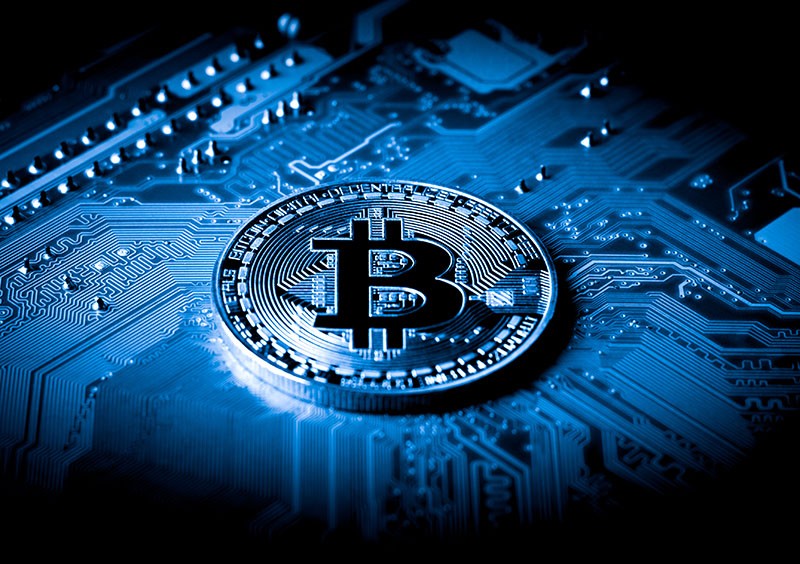Financial technology (Fintech) has revolutionized the way we deal with money. From traditional banking to digital wallets, the financial landscape has changed dramatically over the past few decades. At the forefront of this evolution is Centralized Finance (CeFi) and Decentralized Finance (DeFi).
This blog post goes over the key differences between CeFi and DeFi, as well as the advantages and disadvantages of each.
CeFi: Definition & Characteristics
CeFi is a form of finance in which a single entity or institution is responsible for controlling and governing the operations of the financial system. This entity is typically a bank, government, or other large financial institution that sets the rules and regulations for the system. A key feature of CeFi is that it focuses on managing risks for the financial system by relying on regulatory oversight.
DeFi: Definition & Characteristics
On the other hand, DeFi is a form of finance in which no single entity is responsible for controlling and governing the operations of the financial system. Instead, its functions are based on the use of blockchain technology, open-source software, smart contracts, and peer-to-peer networks using which De-Fi also offers opportunities to businesses for its treasury management, managing their financial assets more efficiently, transparently, and securely.
The focus of DeFi development services is on removing the need for central authorities and giving users more autonomy and control over their financial assets. Now that you have a basic understanding of CeFi and DeFi, let’s take a look at the advantages and disadvantages of each.
Pros of Centralized Finance (CeFi)
CeFi systems are usually faster and more efficient than DeFi systems since all operations are conducted in a single, centralized location. This helps to reduce the time it takes for transactions to be completed.
CeFi systems are generally more familiar to users since they are based on traditional financial systems and processes that have existed for many years. This can make them easier to understand and use.
CeFi systems are also held to higher standards of accountability since they are governed by a central authority. This means that users can be sure that their funds are held securely, and their rights are protected.
Cons of Centralized Finance (CeFi)
CeFi systems are typically restricted to a certain group of users and exclude others. This can limit access to certain services and products and make them less accessible to some.
CeFi systems may be subject to censorship since the central authority has the power to control and restrict access to certain products or services. This can limit the freedom of choice.
CeFi systems are vulnerable to a single point of failure since all operations are conducted by a single entity. If this entity goes down, then the entire system can become unusable.
Pros of Decentralized Finance (DeFi)
DeFi systems are more accessible since no central authority is involved. This means that anyone can access the system regardless of their location or financial background.
DeFi systems are more transparent since all operations are conducted on a public, open-source blockchain. This helps to ensure that all users have access to the same information and that no single entity can manipulate the system.
DeFi systems are permissionless since users do not need to seek approval from a central authority in order to access the system. This helps ensure everyone has equal access to the system and can check the activities happening on the blockchain.
Cons of Decentralized Finance (DeFi)
DeFi systems can be complex and difficult to understand for those unfamiliar with blockchain technology. This can limit the number of users who are able to access the system.
DeFi systems are highly volatile since the value of digital assets is subject to rapid changes in the market. This can lead to increased risk and make investing in DeFi a risky endeavor.
DeFi systems are largely unregulated, which can lead to increased risk for investors. This can also lead to scams and other malicious activities since there is no centralized authority to monitor the system.
Critical Differences Between CeFi and DeFi
By now, you must’ve gauged that centralized finance (CeFi) and decentralized finance (DeFi) are two distinct models of financial operations, each with its own advantages and disadvantages. To summarize, these are the key differences between the two:-
CeFi systems rely on a centralized authority to control and manage the system, while DeFi systems rely on a decentralized network of computers to manage the system.
CeFi systems typically rely on a central authority to make decisions, while DeFi systems rely on a decentralized network of computers to make decisions.
CeFi systems typically offer traditional financial products and services, while DeFi systems typically offer innovative new ones.
CeFi systems are typically more transparent and accessible since they are governed by a centralized authority.
Despite their differences, these two models of finance share some similarities, such as the use of blockchain technology, access to liquidity, and the use of digital assets. Ultimately, the choice between CeFi and DeFi depends on the individual’s needs and preferences.

